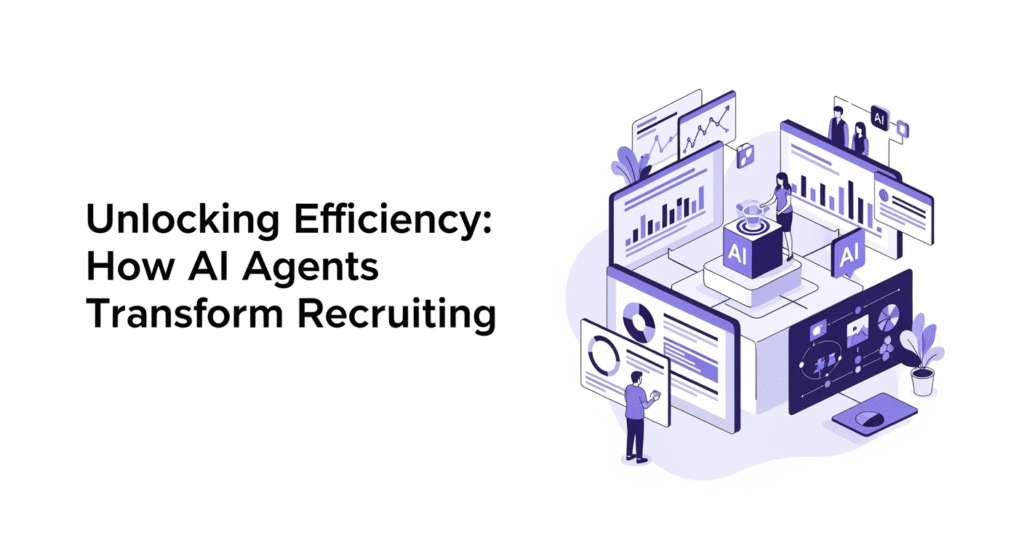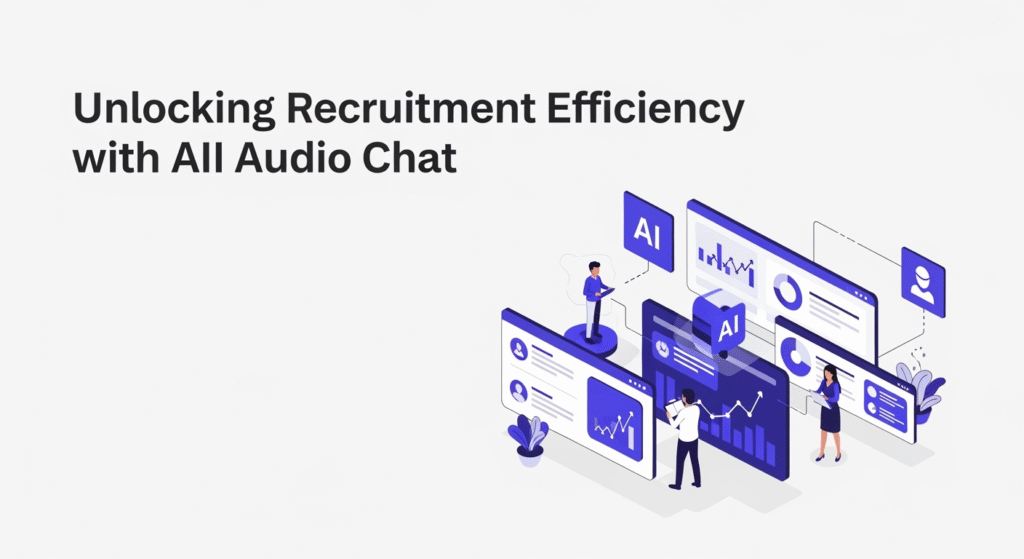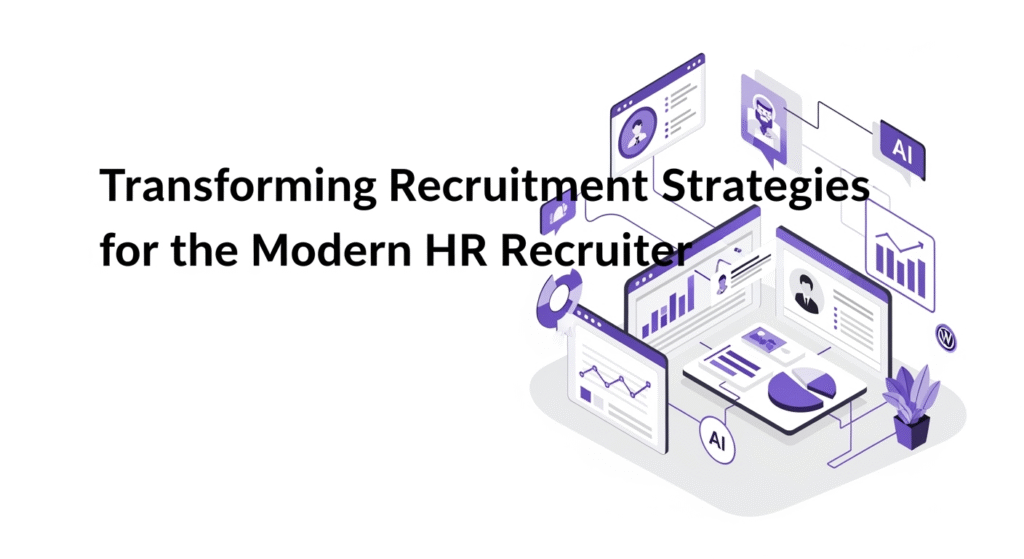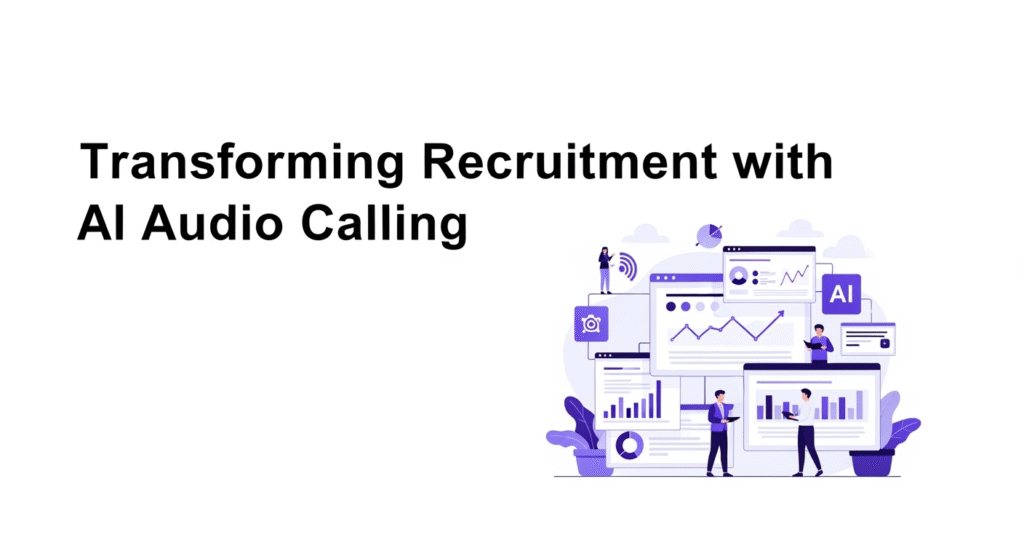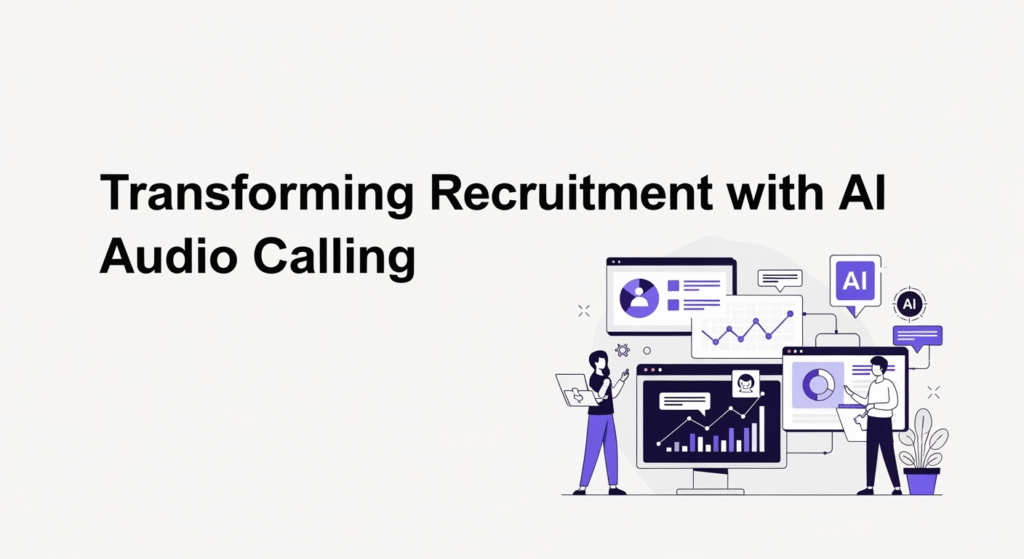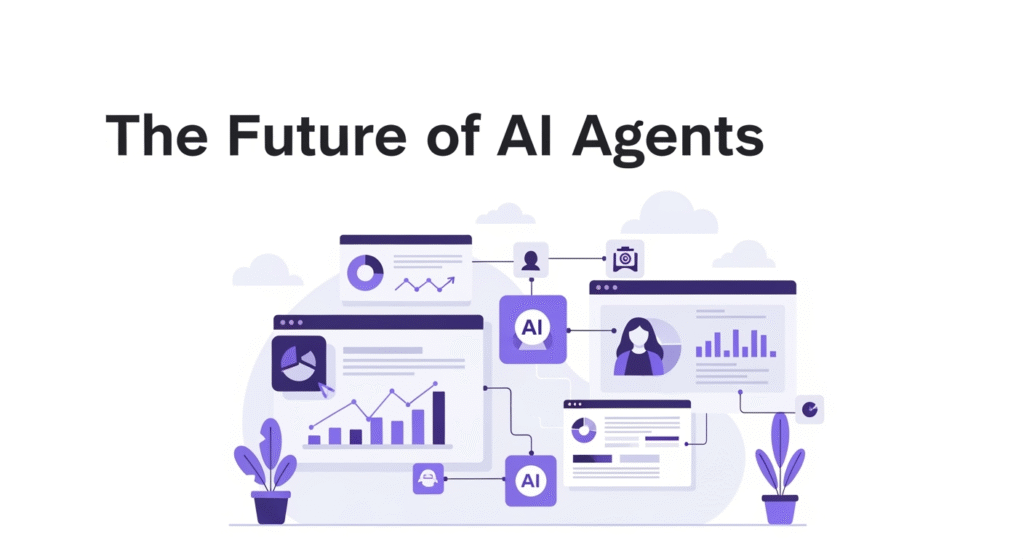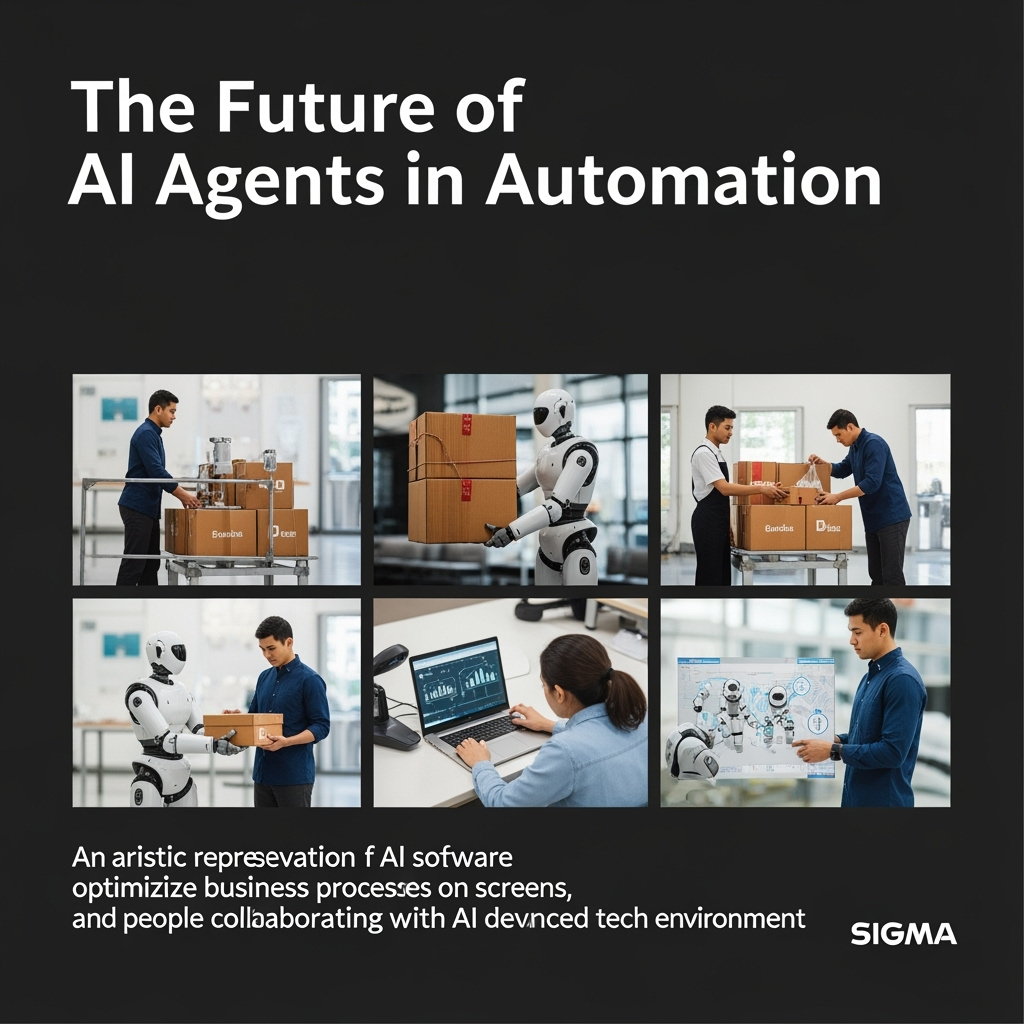AI Recruiting Software for Staffing Agencies: The Complete 2025 Playbook
Is your team drowning in a sea of resumes? Are your best recruiters spending more time on administrative tasks than on building relationships and closing placements? If you’re still relying on spreadsheets, manual processes, or an outdated Applicant Tracking System (ATS), you’re not just falling behind—you’re actively losing money, candidates, and your competitive edge. The world of staffing has been transformed by artificial intelligence, but the market for AI recruiting software is a confusing maze of buzzwords, vague promises, and hidden costs. This is not another generic “Top 10” list that leaves you more overwhelmed than when you started. This is your strategic playbook. Inside this guide, you’ll find a clear, actionable framework designed specifically for staffing agency owners and managers. We will walk you through diagnosing your current inefficiencies, understanding the core AI technologies that actually drive productivity, and conducting a deep-dive competitor analysis of the top platforms. By the end, you’ll have the tools and confidence to select, justify, and master the right AI recruiting software for your agency’s growth. The High Cost of ‘Good Enough’: Why Your Staffing Agency Can’t Afford Outdated Recruiting Software 5 Signs Your Applicant Tracking System is Obsolete The Cascade Effect of Inefficient Sourcing The AI Revolution in Recruiting: Core Technologies That Drive Productivity Beyond Keywords: How Automated Candidate Matching Works Sourcing on Autopilot: Finding Passive Talent with AI From Chaos to Control: Mastering Recruiting Workflow Automation ATS Competitor Analysis: The Top AI Platforms for Staffing Agencies in 2025 At-a-Glance: AI ATS Feature Comparison Matrix Deep Dive Head-to-Head: Ceipal vs. Jobdiva vs. Oorwin Other Top Contenders for AI-Powered Staffing Your AI ATS Playbook: A Step-by-Step Guide to Making the Right Choice Step 1: Audit Your Current Process & Identify Bottlenecks Step 2: Build the Business Case & Calculate Potential ROI Step 3: Run Effective Demos with the Right Questions From Inefficiency to Impact: Your Next Move References The High Cost of ‘Good Enough’: Why Your Staffing Agency Can’t Afford Outdated Recruiting Software The phrase “If it ain’t broke, don’t fix it” is a dangerous mantra in the modern staffing industry. Your current system might feel “good enough,” but the hidden costs of inefficiency are silently eroding your profitability. Relying on outdated recruiting software or manual recruiting tasks is no longer a viable strategy; it’s a liability. The Cost of Outdated Recruiting Software Imagine a typical day for one of your recruiters. They start by manually sifting through hundreds of applications, many of which are unqualified. They spend hours cross-referencing candidate skills against job requirements in a clunky database. Then comes the endless back-and-forth of scheduling interviews, followed by manually updating candidate statuses. This isn’t recruiting; it’s administration. Research from Indeed suggests that these manual tasks can consume up to 80% of a recruiter’s time.[1] This isn’t just inefficient; it’s a bottleneck that directly impacts your bottom line. A landmark survey by the Society for Human Resource Management (SHRM) found that among organizations using AI in their hiring process, 78% reported saving time and increasing efficiency, 59% reduced their time-to-fill, and 58% identified better-quality candidates.[2] By sticking with an outdated system, you are leaving this immense value on the table. 5 Signs Your Applicant Tracking System is Obsolete How do you know if your current system is a trusted tool or a technological anchor? Here is a checklist to help you diagnose the health of your recruiting software. No Intelligent Candidate Matching: Your system relies solely on exact keyword searches. If a job description asks for “project management” and a great resume says “led cross-functional initiatives,” your ATS misses it completely. Modern systems use AI to understand context, skills, and experience semantically. A Clunky, Frustrating User Interface (UI): Your recruiters need extensive training to perform basic tasks, and the system is slow and difficult to navigate. This not only kills productivity but also leads to frustrated employees and poor data entry. Lack of Automated Workflows: Can your system automatically send an acknowledgement email when a candidate applies? Can it trigger a follow-up task for a recruiter after a phone screen? If every step requires a manual click, your process is fundamentally broken. Limited or Non-Existent Integrations: A modern ATS should be the central hub of your tech stack, seamlessly integrating with your email, calendar, VMS portals, and communication tools. If your system operates in a silo, you’re wasting countless hours on duplicate data entry. Potential Security and Compliance Risks: Older, unsupported software often lacks the security patches needed to protect sensitive candidate data. Furthermore, it may not have the features required to comply with modern data privacy regulations like GDPR and CCPA, exposing your agency to significant legal and financial risk. The Cascade Effect of Inefficient Sourcing The problems with outdated software extend far beyond internal frustration; they cripple your ability to find top talent. In today’s market, the best candidates are often passive, meaning they aren’t actively applying for jobs. In fact, it’s estimated that only 30% of the workforce is actively looking for a new opportunity at any given time. Your old system, which primarily manages inbound applicants, is completely blind to the other 70%. This is where proactive sourcing becomes critical. Research from Lever highlights a powerful truth: sourced candidates are more than two times as efficient to hire as candidates who apply.[3] Yet, without the right tools, sourcing is an incredibly time-consuming manual process. Your recruiters are left to hunt through LinkedIn, job boards, and professional networks with no way to centralize, track, or intelligently engage with the talent they find. This inefficient candidate sourcing leads to weaker pipelines, slower placements, and missed revenue opportunities. The AI Revolution in Recruiting: Core Technologies That Drive Productivity “Artificial Intelligence” can feel like an intimidating buzzword, but in recruiting, its application is practical and transformative. AI-powered tools are designed to automate the repetitive, low-value tasks that consume your team’s day, freeing them to focus on the human elements of recruiting: building relationships, advising clients, and closing candidates. As a report from Harvard
